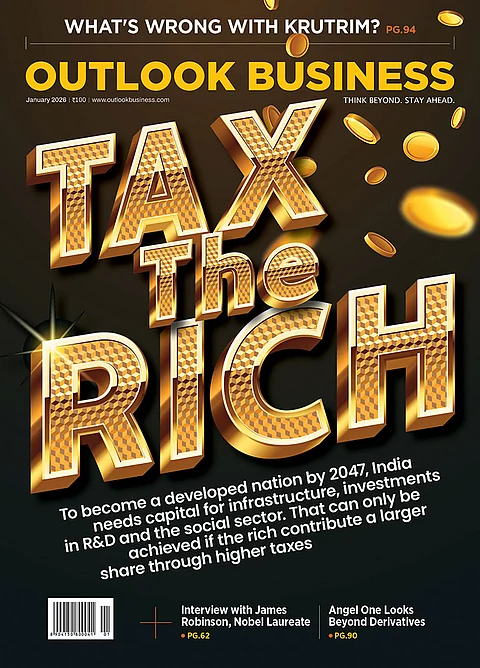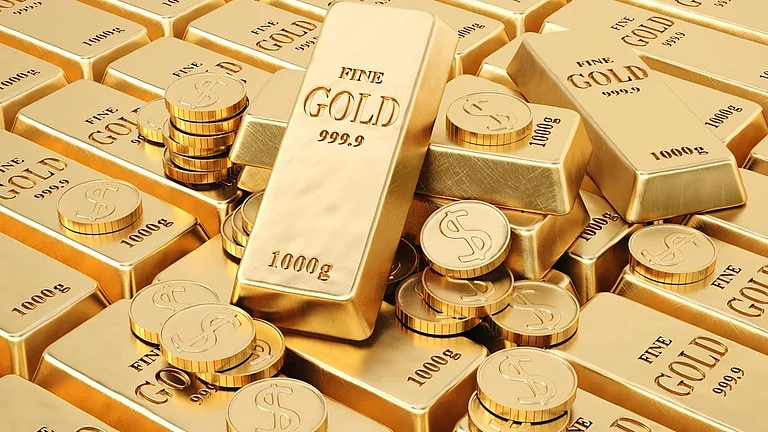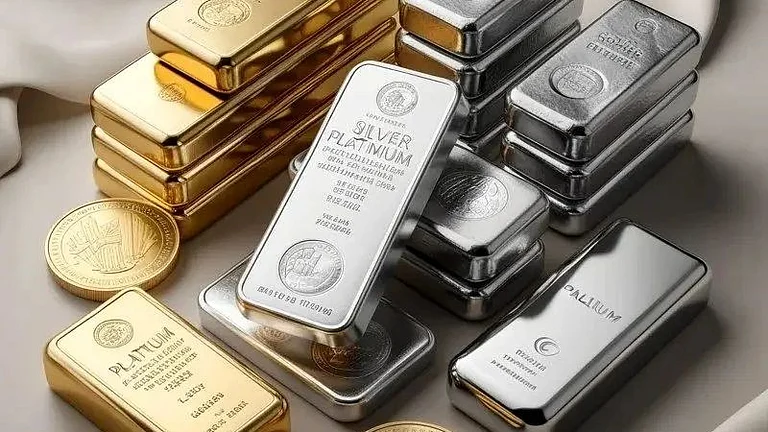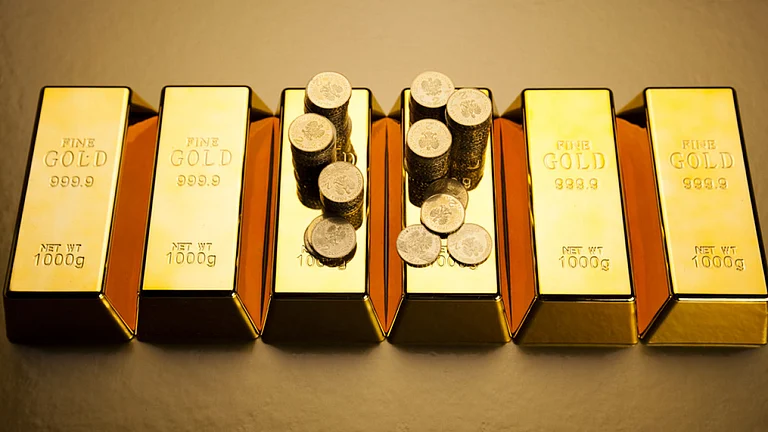Gold prices in India continue to soar, with 24‑carat gold surpassing ₹90,000 per 10 grams and MCX gold crossing ₹89,700 for the first time. The surge is driven by escalating geopolitical tensions in the Israel‑Gaza conflict and the US Federal Reserve's warnings on inflation, raising concerns about a potential stagflationary environment.
Since Israel broke the truce in Gaza on Tuesday, over 400 Palestinians have reportedly been killed in intensified airstrikes and ground assaults, further reducing possibilities for ceasefire negotiations.
Meanwhile, Donald Trump has put forward several US tariff proposals, including sectoral and reciprocal tariffs set to take effect on April 2, along with a flat 25% tariff on steel and aluminium, which has been in force since February.
Amid this turmoil, gold prices have surged over 14% year‑to‑date (YTD). On Tuesday, the yellow metal hit an all‑time high as escalating trade tensions and global uncertainty fueled demand for safe‑haven assets.
How Does it Impact Gold?
Gold has been considered a safe‑haven asset during times of geopolitical and economic uncertainty. The ongoing Israel‑Gaza conflict could drive oil prices higher, which may negatively impact investor sentiment in emerging markets like India. Rising oil prices can contribute to inflation and slow economic growth, prompting investors to shift funds from riskier assets such as Indian equities to safer alternatives like gold.
Gold prices have surged 14 times since Donald Trump took office in January, driven by economic concerns stemming from his trade war. Meanwhile, a weaker US dollar, hovering near a four‑month low, has made gold more attractive to foreign buyers.
All Time High
After a strong rally, gold prices witnessed a marginal decline on Thursday, dropping by Rs 300 to Rs 91,650 (per 10 grams). However, the overall outlook remains in favour of the yellow commodity.































